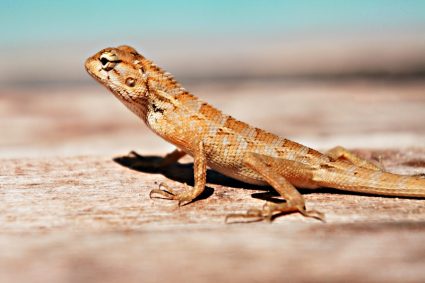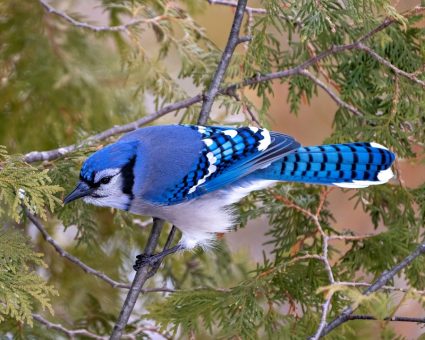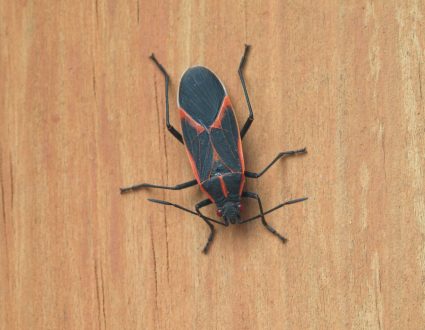
Understanding the differences between wolves and coyotes is not only intriguing but also essential, especially for those living in regions where these animals are native. Both wolves and coyotes belong to the Canidae family and share certain similarities. However, they also have distinctive traits that set them apart. Let’s delve into these differences, looking at their size, physical attributes, behavior, habitats, vocalizations, and more.
Wolves are generally larger and have broader faces with larger nose pads, shorter, rounded ears, and a broader, shorter snout, while coyotes are smaller with slender faces, smaller nose pads, taller, pointed ears, and a narrow, more pointed nose. Wolves primarily inhabit wilderness and remote areas, while coyotes can adapt to various environments, including urban areas. Wolves live in large packs and hunt large hoofed animals, while coyotes have a more flexible social structure, hunt a variety of prey, and are opportunistic scavengers. Wolves’ vocalizations are lower-pitched and smoother, whereas coyotes’ are higher-pitched and more varied.
Size and Physical Attributes
Wolves are notably larger than coyotes. Adult wolves weigh between 70 and 150 pounds and measure up to 6 feet in length, including the tail. They stand 26-32 inches tall at the shoulder. Conversely, coyotes weigh between 15 and 50 pounds, measure up to 4 feet in length, and stand 18-24 inches tall at the shoulder.
Facial features also set these two species apart. Wolves have a broader face with a larger dark nose pad, shorter, rounded ears, and a broader, shorter snout. In contrast, coyotes have a slender face with a smaller nose pad, taller, pointed ears, and a narrow, more pointed nose.
Habitats
Wolves primarily inhabit wilderness and remote areas in North America, Eurasia, and North Africa, including forests, tundras, grasslands, and deserts. In contrast, coyotes are more adaptable, thriving in various environments from forests and grasslands to deserts and even suburban and urban areas.
Social Behaviors
Wolves are highly social animals that live in packs, often consisting of a breeding pair (alphas), their offspring, and sometimes other related individuals. They have a complex social hierarchy and communicate, collaborate, and share knowledge across generations. Coyotes, on the other hand, have a more flexible social system. They usually form smaller packs or groups and may hunt individually or in pairs.
Hunting Strategies and Diets
Wolves are endurance or coursing predators, meaning they chase their prey over longer distances. They primarily target ungulates, large hoofed animals such as deer, elk, caribou, and moose. They also hunt smaller mammals like beavers, rodents, and hares. Coyotes, however, have a more diverse and adaptable diet. They primarily consume small mammals, but also eat birds, reptiles, amphibians, insects, and a significant amount of plant matter. Coyotes are opportunistic hunters and scavengers, feeding on a variety of food sources depending on their environment.
Vocalizations
Wolf vocalizations are generally lower-pitched and smoother, while coyote vocalizations are higher-pitched and more varied. Wolves have a broader range of vocalizations, and their howls are longer and more consistent in pitch. Coyotes, on the other hand, have more song-like howls with short bursts that rise and fall, often accompanied by yips, barks, and yodels.
Lifespans and Reproductive Cycles
Wolves have an average lifespan of 6-8 years in the wild and up to 18 years in captivity. They mate once a year, usually in late winter, and the female gives birth to a litter of 4-6 pups. Coyotes, in contrast, live 6-8 years in the wild and up to 13-15 years in captivity. They mate between January and March, and the female gives birth to a litter of 3-12 pups.
Threats in the Wild
Both wolves and coyotes face threats such as hunting, trapping, poisoning, habitat destruction, human intolerance and conflict, disease, road kills, and loss of legal protections. However, coyotes’ adaptability and ability to survive in various environments have helped them withstand some of these threats.
Cultural Significance
In folklore and mythology, wolves are generally associated with strength, loyalty, and protection, while coyotes are often seen as tricksters and adaptable survivors. These perceptions vary across different cultures, reflecting the complex relationship between humans and these fascinating creatures.
Understanding these differences and similarities between wolves and coyotes can foster a greater appreciation for these species and their roles in our ecosystems. It’s essential to respect and protect these creatures, ensuring their survival for generations to come.
Frequently Asked Questions
What is the gestation period for wolves and coyotes?
The gestation period for wolves is approximately 63 days. Similarly, coyotes also have a gestation period of about 63 days.
Can wolves and coyotes interbreed?
Yes, wolves and coyotes can interbreed, creating what is often referred to as a “coywolf” or “wolf-coyote hybrid.” These hybrids can exhibit a wide range of physical and behavioral traits from both parent species.
Are coyotes more aggressive than wolves?
Not necessarily. Both species can exhibit aggression, particularly when defending their territory or young. However, aggression levels can vary greatly among individuals and are influenced by a myriad of factors, including social structure, food availability, and human interference.
How can I tell the difference between a wolf track and a coyote track?
Wolf tracks are generally larger, measuring 4-5 inches long by 3.5-5 inches wide. Coyote tracks are smaller, typically 2.5-3.5 inches long by 1.5-2.5 inches wide. Wolf tracks also show the larger, rounded shape of their toes and a broader heel pad compared to the more oval-shaped toes and narrower heel pad of a coyote.
What are the main predators of wolves and coyotes?
Adult wolves have few natural predators, with humans being the most significant threat. For coyotes, their predators can include wolves, mountain lions, and bears. However, similar to wolves, humans pose a significant threat to coyotes as well.










